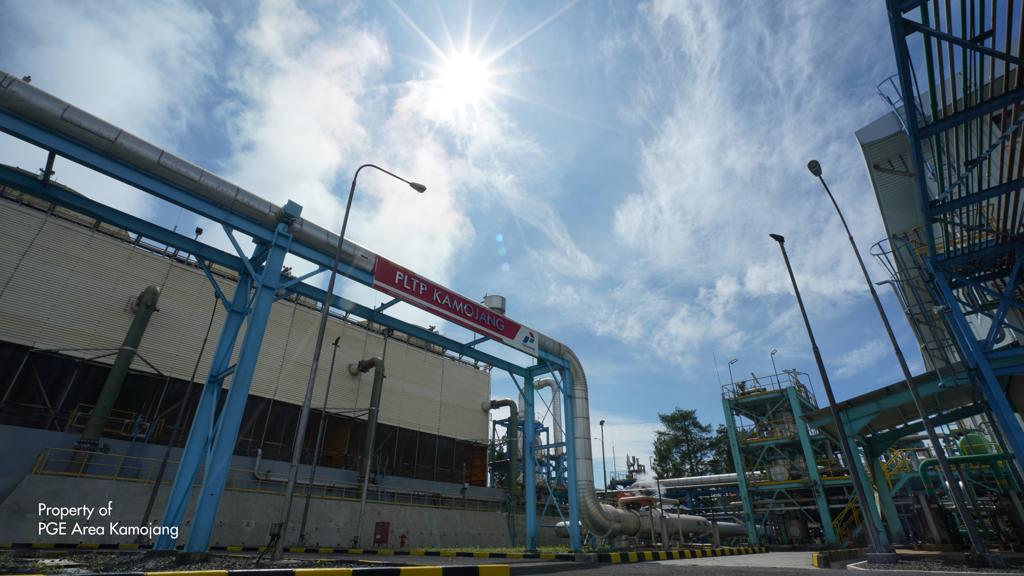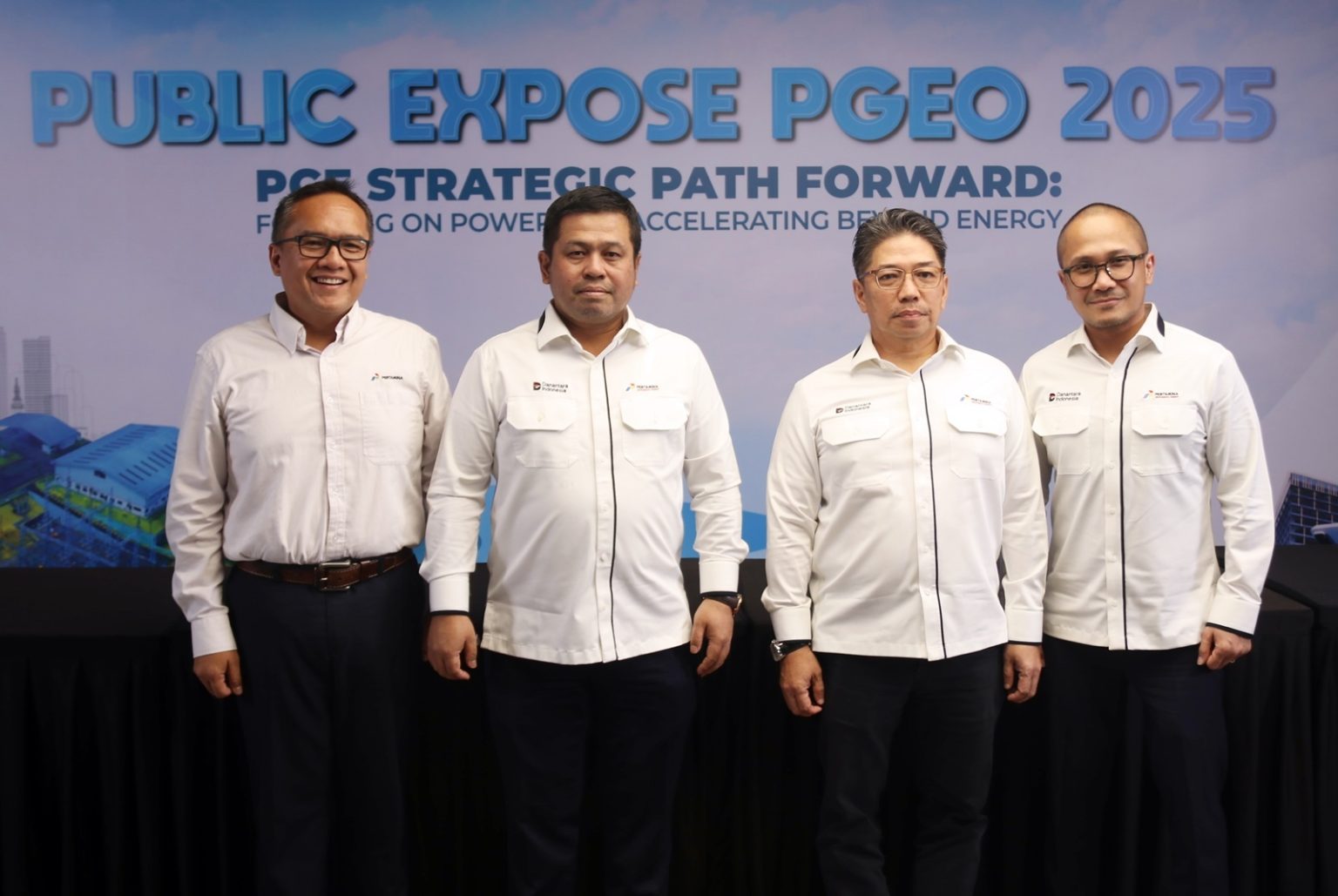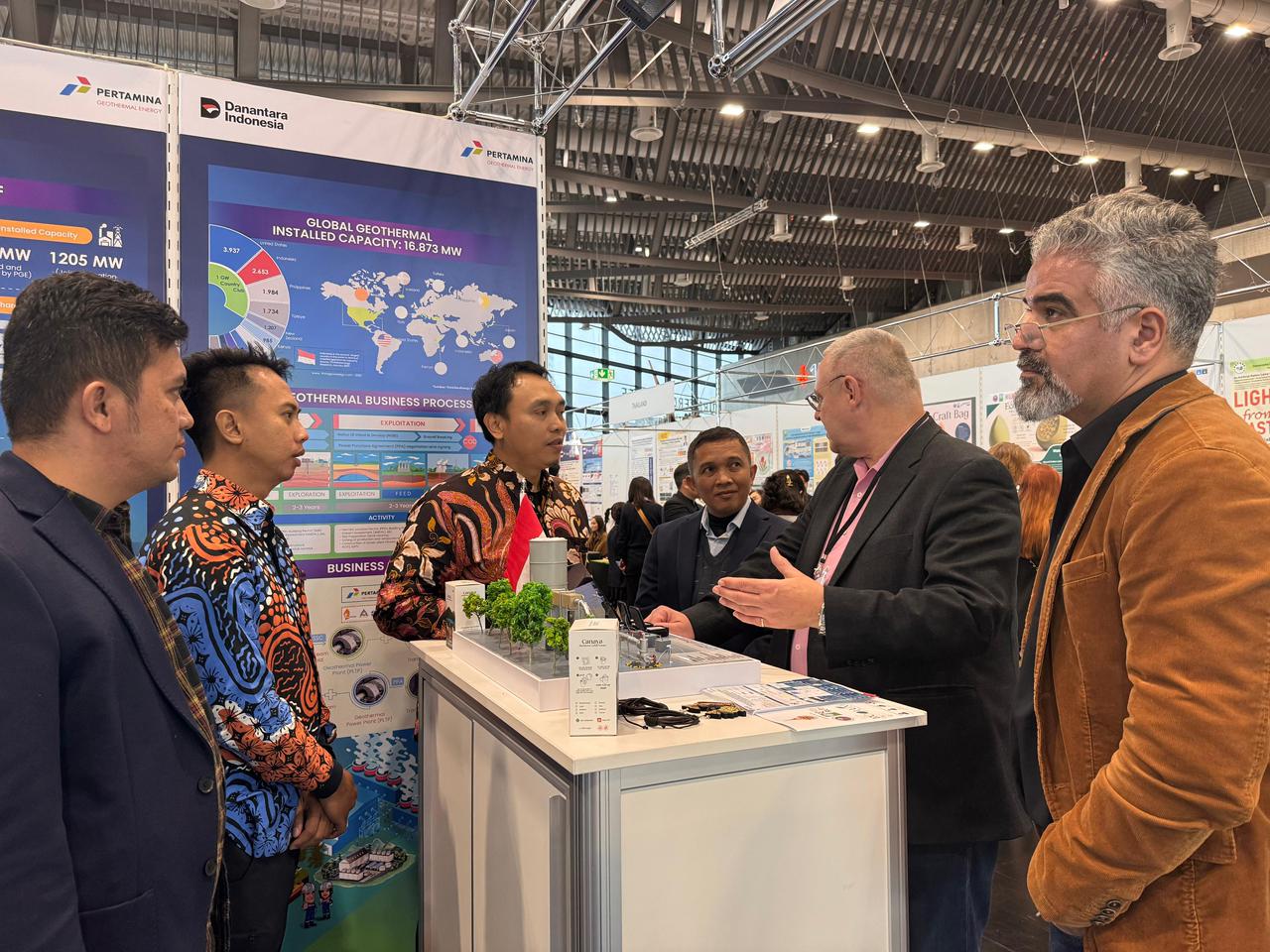PT Pertamina Geothermal Energy Tbk (PGE) (IDX: PGEO) continues to strengthen the strategic role of its Kamojang Geothermal Working Area (WKP) as a key driver of the national geothermal industry and a crucial pillar in supporting Indonesia's energy transition. By balancing business growth and social contribution, PGE is developing the Kamojang WKP as a concrete manifestation of the company's commitment to accelerating the national energy transition and achieving the 2060 Net Zero Emission target.
"As a geothermal pioneer in Indonesia, Kamojang is not only a historical symbol, but also tangible evidence of Indonesia's contribution to realizing a clean energy future. We are committed to making Kamojang a center of innovation that demonstrates how geothermal energy can strengthen national energy security," said I Made Budi Kesuma Adi Putra, General Manager of PGE's Kamojang Area.
In developing clean energy, PGE is also actively empowering communities around the Kamojang operational area through various sustainable initiatives. One such program is the Digital Rangers App, which offers various digital services, including transportation, tourism service partners, an online sales platform, and promotional media. Through this program, the Kamojang community actively participates by becoming driver partners using electric motorcycles powered by clean electricity produced by the Kamojang Geothermal Power Plant (PLTP).
Direct geothermal use also boosts the local economy. Through the world's first Geothermal Dry House innovation, farmers utilize geothermal steam from the Kamojang Geothermal Power Plant to speed up the coffee drying process, from 30–45 days to just 3–10 days. This innovation has tripled coffee farmers' incomes, and Kamojang coffee has penetrated markets in Japan, Korea, and Europe.
To preserve biodiversity, PGE collaborates with the West Java BBKSDA (National Conservation Agency for Natural Resources Conservation), Raptor Indonesia, and the Kamojang community to conserve the Javan Hawk-Eagle (Nisateus bartelsi), which boasts sharp eyesight and can reach speeds of up to 300 km/h. The Kamojang Hawk-Eagle Conservation Center has now released 153 Javan Hawk-Eagle out of a total of 392 that have been conserved since 2014.
Most recently, PGE is implementing the GEMAH KARSA (Geothermal Empowerment for Maximizing Agriculture through Kamojang Responsible and Sustainable Farming) program, which empowers 2,647 vulnerable beneficiaries through sustainable geothermal energy-based agriculture, clean water provision, and organic fertilizer production.
Made Budi emphasized PGE's commitment to ensuring that the company's business growth aligns with community well-being. He stated, "The Kamojang Geothermal Power Plant not only provides energy benefits but also social and economic value for the surrounding community. Through various empowerment programs, we want to ensure that every step in geothermal energy development also has a real impact on the well-being of the local community."
These various programs implemented by PGE have received national and international recognition, including the Gold PROPER award, which PGE Kamojang has received from the Ministry of Environment for 14 consecutive years.
Kamojang as the Backbone of the National Energy Transition
The Kamojang area is the oldest geothermal area in Indonesia, first explored by the Dutch in 1926. Exploration by Pertamina began in 1974, and the Kamojang Geothermal Power Plant (PLTP) officially began commercial operations in 1983. Currently, the Kamojang Geothermal Power Plant (WKP) is managed by PGE, with five Geothermal Power Plants (PLTP) with a total capacity of 235 megawatts (MW) out of a total installed capacity of 727 MW managed by PGE.
With this capacity, the Kamojang Geothermal Power Plant (PLTP) is capable of supplying electricity to more than 260,000 households every day, year-round, without relying on sunlight, weather, or fossil fuels. By September 2025, electricity production from Kamojang reached 1,326 gigawatt hours (GWh), the highest among all PGE WKPs. These clean operations also contribute significantly to reducing carbon emissions by up to 1.22 million tons of CO2 per year, in line with Indonesia's efforts to achieve Net Zero Emissions by 2060.
Beyond Kamojang, PGE is currently expanding its installed capacity, targeting 1 GW in the next 2–3 years and 1.8 GW by 2033. Long-term, PGE is targeting a total capacity of 3 GW, identified across the 10 WKPs it manages. To achieve this, PGE is prioritizing several quick-win projects, including the utilization of steam from low-pressure wells in Kamojang, with a capacity of 5 MW, targeted for operational start-up in 2028.
Kamojang serves as a clear example of how geothermal management can balance business growth, environmental preservation, and community empowerment. Moving forward, PGE is committed to continuing to provide reliable clean energy while promoting a green economy in Indonesia.





